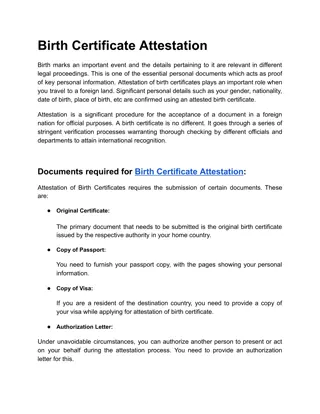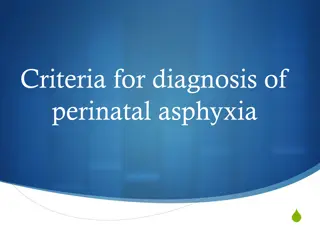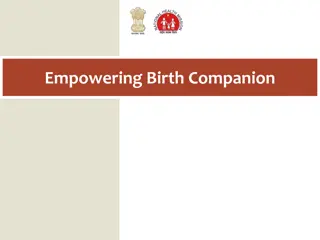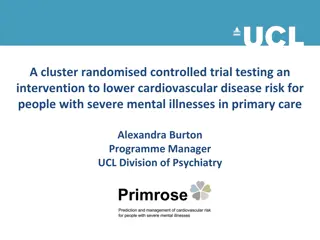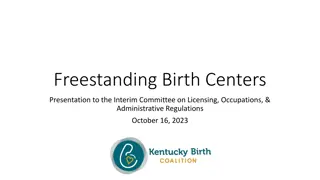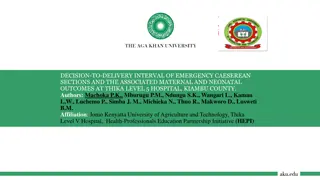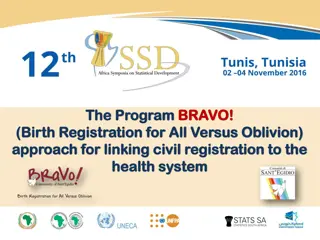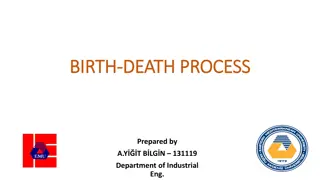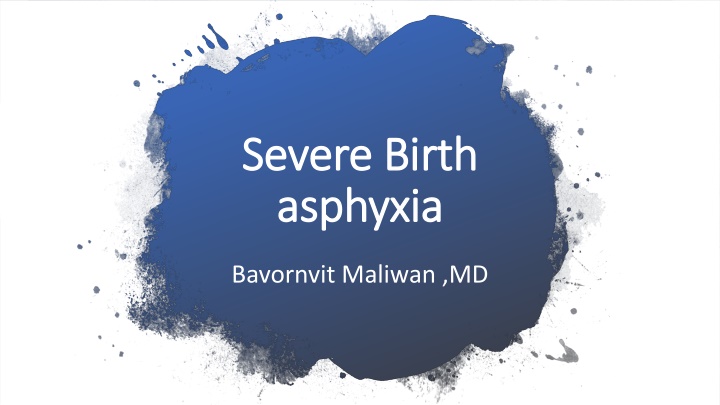
Severe Birth Asphyxia Risk Factors
Severe birth asphyxia is a critical condition caused by lack of blood flow or gas exchange to the fetus before, during or after birth. Learn about risk factors such as maternal age, intrapartum complications, and fetal distress. Early recognition and intervention are crucial in preventing permanent neurological deficits in newborns.
Download Presentation

Please find below an Image/Link to download the presentation.
The content on the website is provided AS IS for your information and personal use only. It may not be sold, licensed, or shared on other websites without obtaining consent from the author. If you encounter any issues during the download, it is possible that the publisher has removed the file from their server.
You are allowed to download the files provided on this website for personal or commercial use, subject to the condition that they are used lawfully. All files are the property of their respective owners.
The content on the website is provided AS IS for your information and personal use only. It may not be sold, licensed, or shared on other websites without obtaining consent from the author.
E N D
Presentation Transcript
Severe Birth Severe Birth asphyxia asphyxia Bavornvit Maliwan ,MD
2/1000 in developed country. 20/1000 in developing country where accessed to ANC is limited. 15-20% die in neonatal period 25% of the survivor left with permanent neurological deficit. Epidemiology Epidemiology
Introduction Introduction Birth asphyxia is lack of blood flow or gas exchange to or from the fetus in the period immediately before, during, or after the birth process. The results are to vital organs and neurological organs. Anaerobic glycolysis and lactic acidosis will occur.
Definition of severe birth asphyxia Definition of severe birth asphyxia Severe birth asphyxia APGAR 5 minute 0-3 Fetal acidosis (pH<7) hypoxic-ischemic encephalopathy Multiorgan involvement
Risk factor Risk factor
Maternal factor Maternal factor Age <17 Age >35 ANC <4 Primagravidarum Multiparity GDM Hypertension
Intrapartum factor Intrapartum factor Breech Chorioamniitis Poly-Oligohydramnios Thick meconium PPROM Sedative V/E F/E C/S
Fetus factor Fetus factor IUGR Twin BW <2500 g GA <37 Fetal distress
Other Other Uterine factor : Utering rupture Placenta factor : abruptio placenta , cord compression , nuchal cord Infection
Pathophysiology Pathophysiology Immediate primary neuronal injury : low O2 and glucose to brain. Low ATP >>> Defect in Na-K pump >>> Sodium enter cells >> then water >>cell swelling >> depolarization >> cell death Cell death release Glutamate which increase intracellular calcium and cause cell death Latent period ( 6hrs ) reperfusion occurs. Secondary injury neuronal injury occurs over the next 24-48 hours : Blood flow from reperfusion at damage area, releasing toxic neurotransmitter.
History and Physical History and Physical Organ specific symptom : MI, kidney, liver, RDS, pulmonary hypertension, hypoxic-ischemic encephalopathy ***
Myocardial infarction Myocardial infarction Dyspnea ST elevation depression CKMB TropT elevation
Respiratory distress syndrome Respiratory distress syndrome Tachypnea Nasal flaring Grunting Intercostal, subxiphoid, and subcostal retractions Cyanosis
Pulmonary hypertension Pulmonary hypertension Increased pulmonary artery pressure (PAP) Vasoconstriction
Hypoxic Hypoxic- -ischemic encephalopathy ischemic encephalopathy *** *** Sarnat I : Sympathetic : neonates will be hyper-alert , prolong wakefulness , DTR 3+ Sarnat II : parasympathetic : lethargic , miosis , bradycardia , low DTR , distal flexion , hypersecretion , seizure Sarnat III : seizure , decrease level of conscious ,flaccid tone ,low DTR , abnormal EEG
Evaluation Evaluation CXR : need for intubation ABG : degree and cause of hypoxemia Transaminase level and coag : Liver function TropT CKMB EKG : Myocardial injury BUN Cr : kidney status Glucose : Hypoglycemia
Treatment Treatment Therapeutic hypothermia : in 6 hr to prevent secondary injury (decrease mortality 62% disability 48%) Intubation , surfactant , O2 , inhaled nitric oxide : RDS , pulmonary hypertension Blood products : Coagulopathy Vassopressor : MI Renal dysfunction : careful use on crystalloid and blood product
Side effects of Therapeutic hypothermia Side effects of Therapeutic hypothermia Peripheral vasoconstriction Diuresis Cardiac dysfunction Arrhythmias Coagulopathy Thrombocytopenia Leukocyte dysfunction Pulmonary hypertension Sclerema (calcium deposits in the skin)
Ref: Ref: Birth Asphyxia Maria Gillam-Krakauer; Clarence W. Gowen Jr , December 2, 2018. https://www.ncbi.nlm.nih.gov/books/NBK430782/ , 2554 Uptodate PUBMED
Ref: Ref: Pathophysiology, clinical manifestations, and diagnosis of respiratory distress syndrome in the newborn Richard Martin, MD Mar 29, 2018. https://www.uptodate.com/contents/pathophysiology-clinical- manifestations-and-diagnosis-of-respiratory-distress-syndrome-in- the- newborn?search=pediatric%20rds&source=search_result&selectedTit le=1~150&usage_type=default&display_rank=1
Ref Ref Pulmonary hypertension in children: Classification, evaluation, and diagnosis Mary P Mullen, MD Mar 06, 2019. https://www.uptodate.com/contents/pulmonary-hypertension-in- children-classification-evaluation-and- diagnosis?search=pediatric%20pulmonary%20hypertension&source= search_result&selectedTitle=1~150&usage_type=default&display_ran k=1
Thank You Thank You




